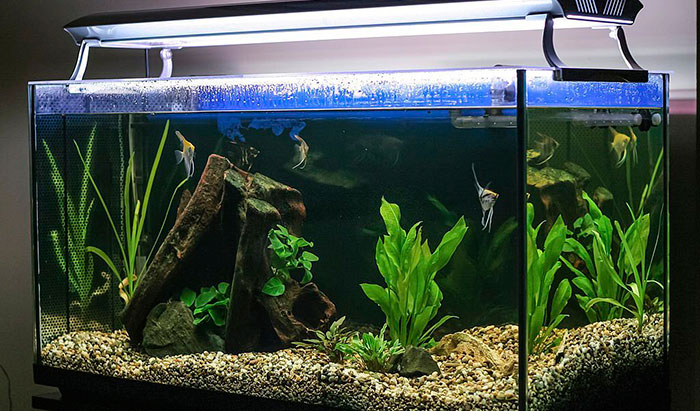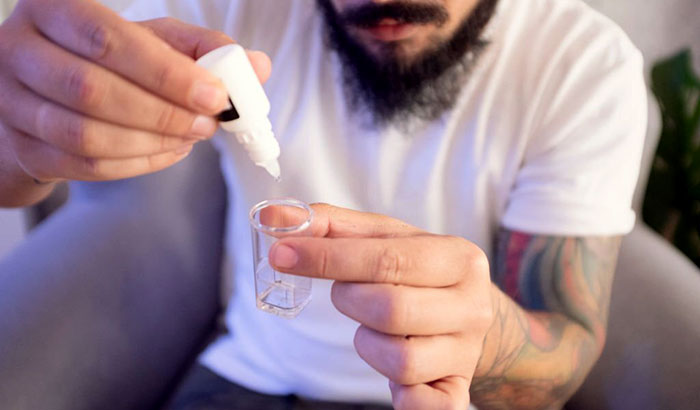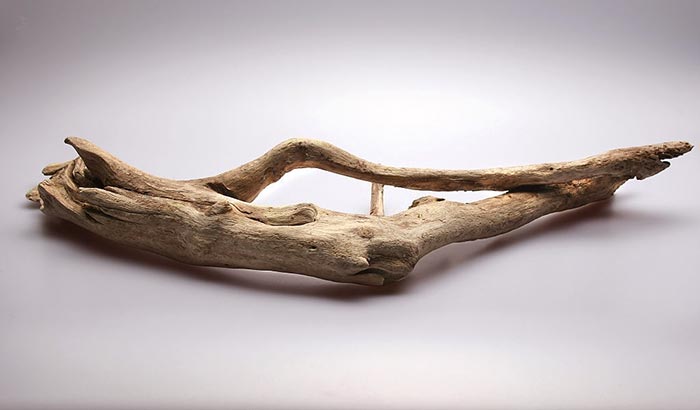The alkalinity of your aquarium water refers to its capacity to buffer against drops in pH level. The higher the alkalinity, the more stable your water will be in preventing the pH level from dropping rapidly. When the alkalinity is too high, it can cause non-toxic ammonia to become toxic, which can cause the fish to have trouble breathing.
So, how to lower alkalinity in a fish tank? There are several ways to reduce the alkalinity level, such as doing regular water changes and adding live plants, to name a few. Some of these methods will be discussed in the article.
Contents
What Should the Alkalinity be in a Fish Tank
Before learning how to reduce alkalinity in a fish tank, you must know the right alkalinity level you need to maintain in the aquarium. In fact, constant monitoring of the alkalinity level is essential to ensure that the fish tank operates at optimum levels to have more balanced water in the aquarium.
The ideal alkalinity range of a fish tank is around 4-8 dKH or 70 and 140 ppm. This alkalinity range means that the water is not too acidic or not too basic and should provide the best condition to the fish inside the aquarium.
As mentioned earlier, the capacity of the water to resist changes in the pH level is its alkalinity. It can be measured by collecting water samples while trying to determine how much acid is needed to stabilize the pH level of the aquarium water.
The pH level of your aquarium water will help in determining its alkalinity. For example, pure water is neutral, which should have a 7 on the pH scale. Aquarium water with a pH level lower than 7 should be on the acidic side, while the one higher than 7 is alkaline.
More importantly, the pH level of the aquarium may change due to the chemicals and minerals it dissolves. Furthermore, the plants, decorations, and substrate can affect the water’s pH level and alkalinity.
The ideal alkalinity of the aquarium water will largely depend on where the species of fish inside your aquarium came from. But in general terms, those freshwater fishes should adapt when the pH level is at 5.5 to 7.5. On the other hand, saltwater fishes need the aquarium’s alkalinity at 8.0 to 8.1 to feel healthiest.
Also, the most important thing is to keep your aquarium conditions at a level suited to the fish you are putting in the aquarium. So, it is a must to plant the substrate, the decoration, and the plants you will use inside the aquarium as it also affects the water quality of the fish tank.
How to Fix High Alkalinity in Fish Tank
As mentioned earlier, there are many ways to reduce the high alkalinity of the fish tank. There are natural methods which have long-term positive effects on the pH level of the water. If you want to lower high alkalinity, using chemical additives and filters drastically can temporarily affect the high alkalinity level. Please see below the various ways to reduce alkalinity in fish tanks:
Doing Regular Water Changes
Regular water changes can help lower the alkalinity of water using soft and low mineral water sources such as RO water, distilled water, or even rainwater. Furthermore, the fish waste that builds up in the substrate can also affect the alkalinity, which means gravel vacuuming will also help lower alkalinity during water changes.
I suggest doing some small water changes per week so as not to disturb the fish. The change can also cause a shock reaction to the fish, which is why doing small changes only consistently is preferred.
By Adding Driftwood
Putting driftwood in your aquarium can help lower the aquarium water’s alkalinity. Fortunately, driftwood releases tannins which will help lower not only the alkalinity but also the pH level. But in doing so, you will need to use untreated and natural driftwood since it is the safest for your fish.
Pairing the driftwood with plants is also a proven way to help lower the alkalinity of water. Over time, these two decorations will release tannins into the water, which is crucial in lowering the water’s alkalinity.
Putting Live Plants
If driftwood releases tannins to help reduce alkalinity, live plants will consume carbon dioxide while releasing oxygen into the water. This action will help in lowering the water’s alkalinity. The plant can also help in keeping the water clean as they absorb the nutrients found in the water.
Putting Lemon Juice or Vinegar
Another unconventional way to lower the alkalinity of the aquarium’s water is by adding lemon juice or vinegar. These two are highly acidic, and putting them in the water can help lower the alkalinity. However, putting it in the aquarium must be done in a small amount while constantly monitoring the pH level and the alkalinity of the water.
Conclusion
There are many ways on how to lower the alkalinity in fish tank. Some are natural methods, while others use chemicals to get the job done. This article presented more on the natural ways of lowering the fish tank’s alkalinity, like putting live plants and natural driftwood. Doing these methods has a more prolonged effect on the water quality in the aquarium.



